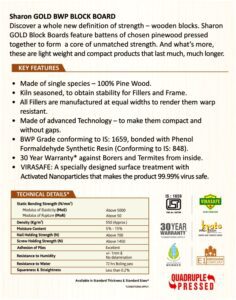
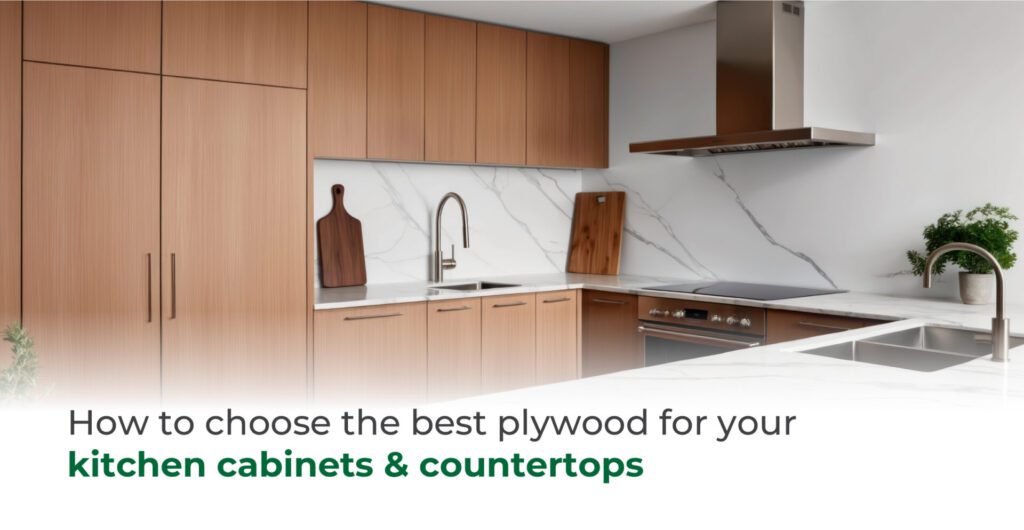
The kitchen is the heart of any home. When it comes to kitchen renovations, selecting the right plywood for cabinets and countertops is crucial. Not only does plywood need to be durable, but it should also withstand the moisture, heat and wear & tear that kitchens often experience. Here’s a comprehensive guide to help you choose the best plywood for your kitchen cabinets and countertops.
Plywood comes in various grades, which determine its quality, appearance and where it’s best used. Familiarizing yourself with plywood grades helps you choose the right type for both the exterior and interior of your cabinets and countertops. The most common plywood grades are:
A-Grade plywood is the highest quality, featuring a smooth surface without knots or imperfections. It’s ideal for surfaces that are visible, such as the exteriors of cabinets and countertops. The polished surface of A-Grade plywood makes it easy to apply veneers or laminates.
B-Grade plywood has minor imperfections such as small knots or patches, but it still offers a relatively smooth surface. It is suitable for areas that are less visible, like the interiors of cabinets or shelves.
Each of these grades has its place in kitchen construction, but for high-traffic and visible areas like cabinet exteriors, A-Grade plywood is the best option for durability and appearance.
The core of plywood significantly affects its strength, stability and weight. Different core types are suitable for various applications and choosing the right one is key to building sturdy cabinets and countertops.
This type of plywood is constructed with solid layers of wood veneer, which provides high strength and stability. It’s an excellent choice for countertops, which need to withstand the weight of appliances and resist impact.
Veneer core plywood is made by layering sheets of wood veneer together. It is lighter than solid core plywood and offers decent strength, making it a popular choice for cabinets. Its balance between weight and durability ensures that cabinet doors and drawers operate smoothly.
Particleboard core plywood is made by compressing wood particles with adhesives. It is an economical option but lacks the durability of solid or veneer core plywood. While it may be used in low-cost cabinetry, it is not ideal for long-term use in a high-moisture environment like the kitchen.
The kitchen is a moisture-rich environment, with water spills, steam and humidity being everyday occurrences. This makes moisture resistance one of the top factors to consider when choosing plywood for your kitchen. Boiling Water Proof (BWP) plywood is the best choice for cabinets and countertops in areas prone to water exposure.
BWP plywood is treated with special adhesives that make it highly resistant to water, preventing warping, swelling, and delamination. Its robust construction ensures that even if exposed to boiling water, it won’t deteriorate, making it a long-lasting option for kitchen cabinets and countertops.
The thickness of the plywood you choose plays a vital role in its strength and ability to support weight. For kitchen cabinets, it is recommended to use plywood with a thickness of 19mm. This thickness provides the strength needed to hold heavy kitchen utensils, appliances, and other items without sagging or warping.
When it comes to countertops, the plywood must be even thicker to withstand the weight of appliances like microwaves, mixers, and cutting boards. 25mm thick plywood is generally recommended for countertops, offering the necessary strength and stability for long-term use.
If sustainability and health are important to you, consider investing in zero-emission plywood for your kitchen. Traditional plywood may emit harmful gases like formaldehyde, which can affect indoor air quality. Zero-emission plywood, on the other hand, is made without these toxic chemicals, ensuring that your kitchen remains a healthy environment.
Zero-emission plywood is also environmentally friendly, as it is manufactured with sustainable practices. Opting for this type of plywood not only benefits your home but also contributes to a greener planet.
Selecting the best plywood for your kitchen cabinets and countertops is key to creating a space that is both functional and aesthetically pleasing. At SharonPly, we understand the importance of quality, durability and design in kitchen construction. By offering a wide range of premium plywood products, we help you make informed decisions about the materials you use in your kitchen.

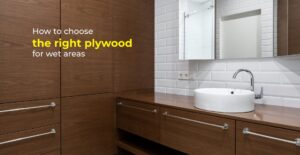
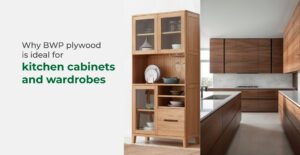
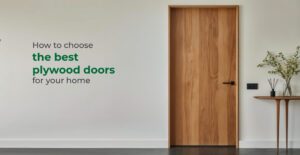
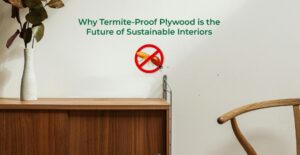
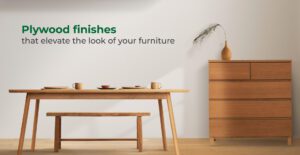




Users understand that SHARONPLY is committed to protecting the User’s privacy and shall take all efforts to protect any personal data provided to the Website by reasonable security safeguards against such risks as loss or unauthorised use, destruction, modification or disclosure of data, However, in case of any lapse, SHARONPLY shall not be held responsible for any effect or consequences thereof. The Website uses cookies to track usage of the path of the User. Since most web browsers automatically accept cookies, User can edit User’s browser options to block them if User does not want the Website to use cookies to track usage of the path of the User.
SHARONPLY undertakes not to disclose, except as otherwise provided, the personal information provided by the User to any person, unless such action is necessary to: –
By filling up any form on the Website User automatically grants SHARONPLY a royalty-free, perpetual, irrevocable non-exclusive license to use, reproduce, publish, edit, distribute, and publicly display the information given in the form and to sublicense such rights.
Any queries regarding the SHARONPLY’s privacy policy, may be sent to admin@sharonply.com.
